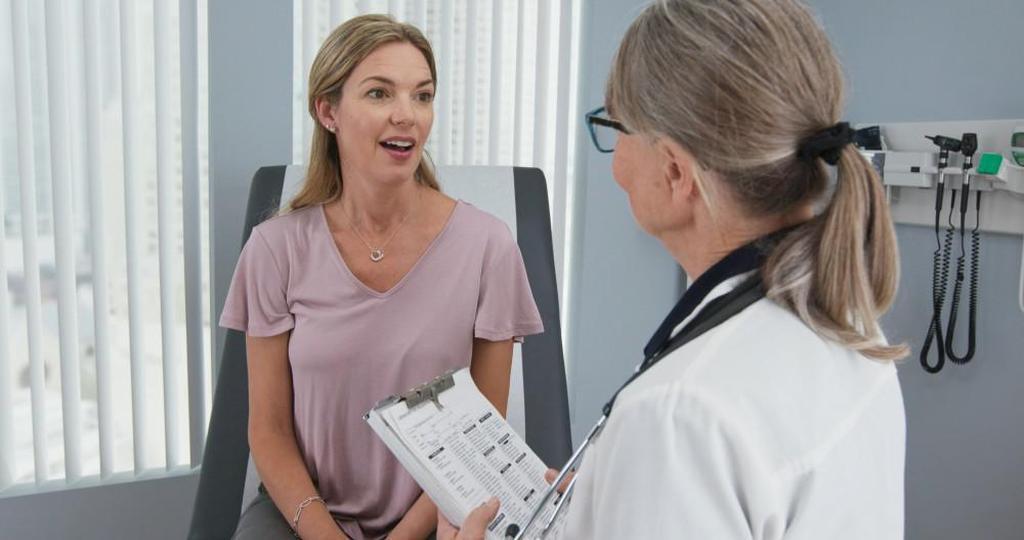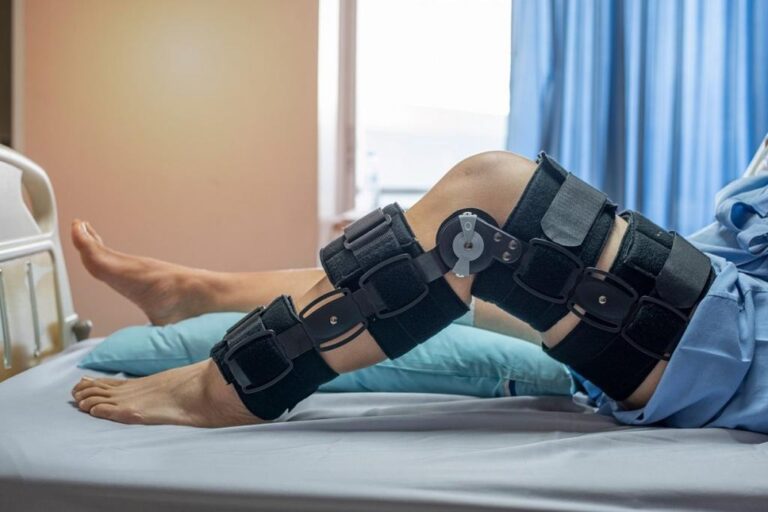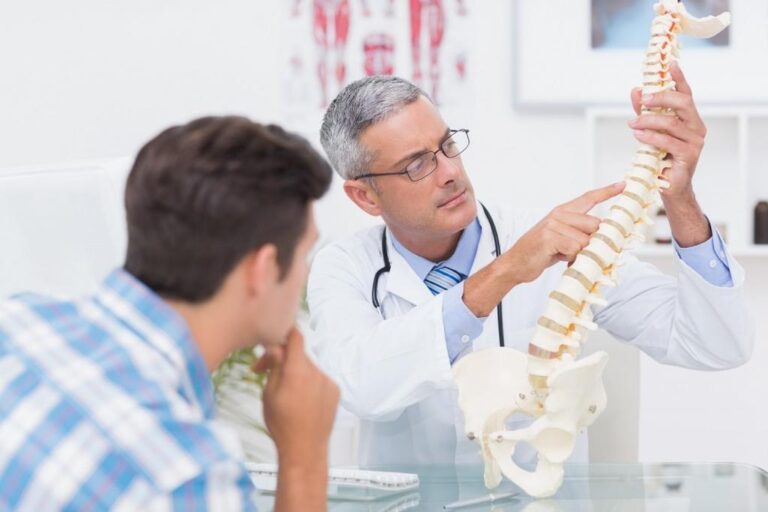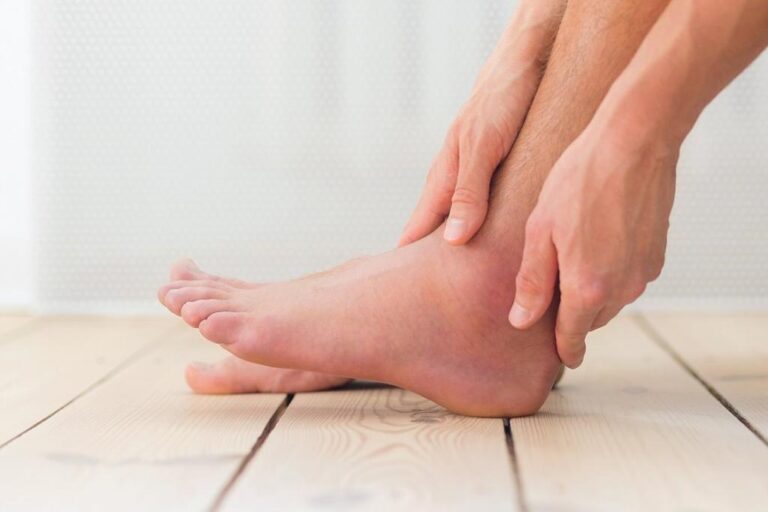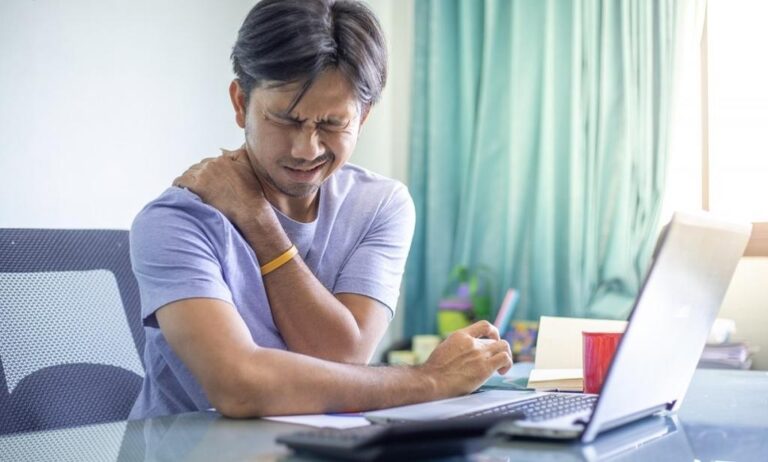At least one-fifth of Americans suffer from chronic pain, according to data from the CDC, and nearly 8% have severe painful symptoms that interfere with their normal activities.
Chronic pain can affect any part of your body, including your knees, shoulders, and hips. Fortunately, chronic pain can be managed — but first, you need to dispel some common misconceptions about pain and its treatment.
With offices in Dallas, Plano, Keller, Weatherford, and Fort Worth, Texas, our team at Texas Orthopaedic Associates specializes in custom pain management solutions tailored to patients’ unique needs, symptoms, and lifestyles.
Here are five myths about chronic pain that just might be standing in the way of your treatment.
1. You need to learn to live with your symptoms.
Some people (especially athletes) think the best way to approach chronic pain is to just grin and bear it. But ignoring chronic pain symptoms isn’t just uncomfortable — it can allow the underlying problem to get worse, potentially leading to more severe problems and even disability.
Instead of ignoring symptoms, you should seek medical care as early as possible. Then we can tailor your therapy to your needs and adjust it over time.
2. If you take painkillers, you’ll get addicted.
Pain medicine can play an important role in managing chronic pain symptoms, and so can other medications. In fact, not only can medication help relieve pain on its own, but it can also enhance other therapy options, including physical therapy.
What’s more, even opioid medications can be taken safely as long as you follow the doctor’s prescription exactly. When our team prescribes medication, we always adjust the dose to each individual’s needs, providing ongoing follow-up to ensure the dosing remains on target.
3. Chronic pain is a natural part of aging.
Unfortunately, this is one of the most pervasive myths about chronic pain, and it’s a myth that prevents many people from seeking treatment. While you might encounter more aches and pains as you get older, pain is never natural — especially chronic pain.
If you simply “accept” chronic pain as part of aging, then you’re also accepting decreased mobility and the health problems that go along with it. These include more pain and stiffness, as well as feelings of isolation, depression, and anxiety that often go hand in hand with untreated chronic pain.
4. Exercise and physical activity make pain worse.
It seems to make sense: If you have chronic pain, resting sounds like a good idea to prevent your symptoms from getting worse. And to some degree, that’s true. Rest or activity modification does usually play a role in chronic pain management.
But while a little rest can be beneficial, too much can make your symptoms worse. That’s because when you rest too much, your muscles and other tissues can stiffen up and circulation slows down, decreasing oxygen delivery to sore or inflamed tissues.
5. Surgery is the only long-term solution.
Surgery can be a good solution for chronic pain that doesn’t respond to conservative treatments. But today, many people find the relief they need with nonsurgical interventions, like physical therapy and medications, or with minimally invasive treatments that aim to treat the source of pain.
Everyone experiences pain differently, so two people with the same condition can have varying symptoms over time. At Texas Orthopaedic Associates, every chronic pain management plan is carefully crafted on an individual, patient-by-patient basis for optimal, long-term relief.
Learn the truth about chronic pain
If you have chronic pain, understanding its causes and its treatment strategies is the best — and fastest — way to feel better. To learn how our team can help, book an appointment online or over the phone at Texas Orthopaedic Associates today.



